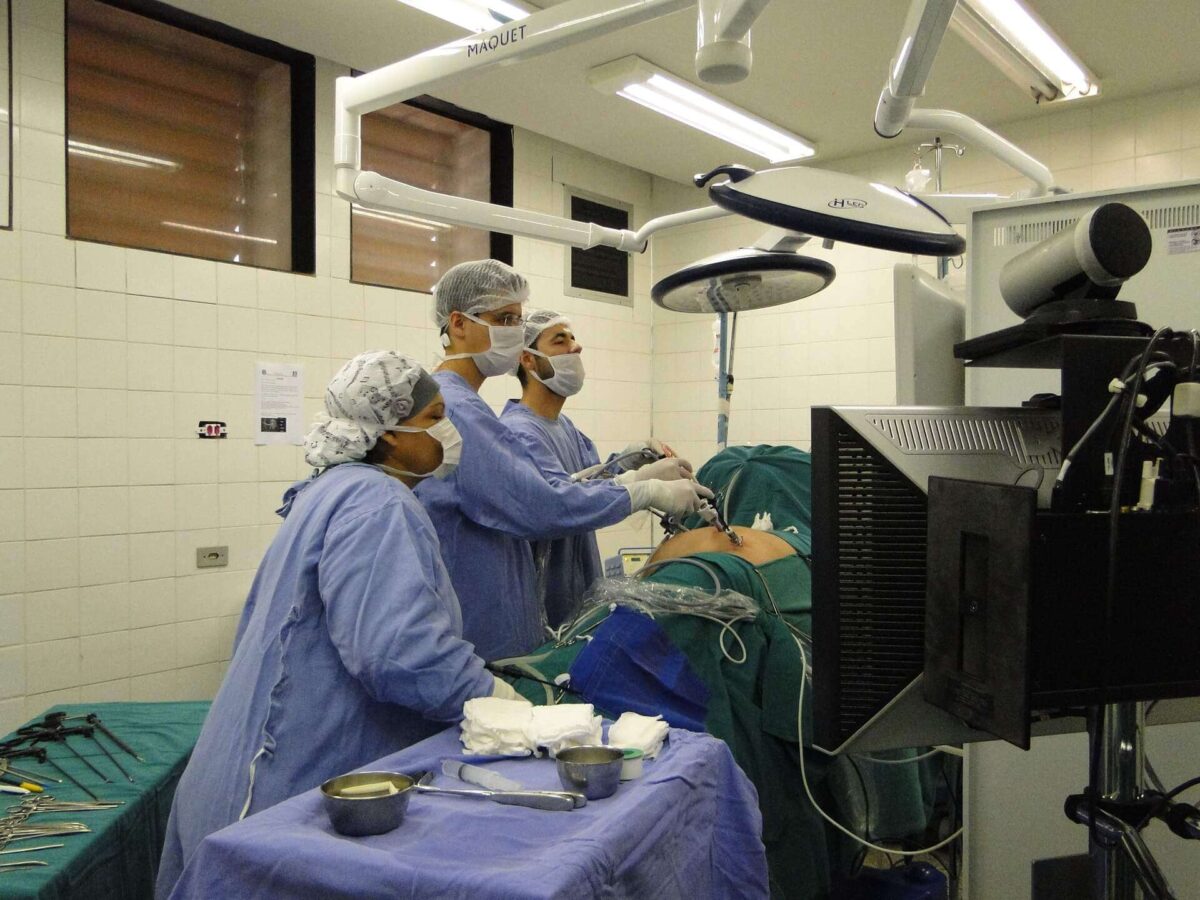In 2010 report summarizing the results of 4 clinical trials carried out by BMC Complementary and Alternative Medicine, Maca was able to show benefits related to improving sexual dysfunction and sexual libido in adult men and women.
Those who regularly use maca powder report that it also makes them feel more energized and driven, often relatively quickly after beginning to use it. A positive attribute of using maca for increased energy compared to using caffeine is that maca doesn’t give most people a sense of shakiness like high levels of caffeine can.
Maca is a root plant that grows in central Peru in the high plateau of the Andes mountain. It has been cultivated as a vegetable crop in Peru for at least 3000 years. Its root is used to make medicine.

Maca, Peruvian ginseng
Maca is also known as Peruvian ginseng (despite the fact that it is not member of the ginseng family) because it is used by the Incas as a folk remedy or Incan superfood to increase endurance, energy and sexual function for thousands of years.
Try something new in your life
Vitroman Maca is one of the life-changing supplements. Its ingredient is Maca blend with traditional herbal formula. If you’re still new to Vitroman Maca, try it now then notice the change in your awareness and energy level. You will experience the real effect.
Who should use Vitroman Maca?
- Chronic fatigue syndrome.
- Tired blood (anaemia).
- Infertility (Maca can increase semen volume, sperm count and sperm motility).
- Symptoms of menopause sexual dysfunction in woman.
- Sexual dysfunction in man.
- Anxiety and depression in postmenopausal woman.
- Weak bone.




